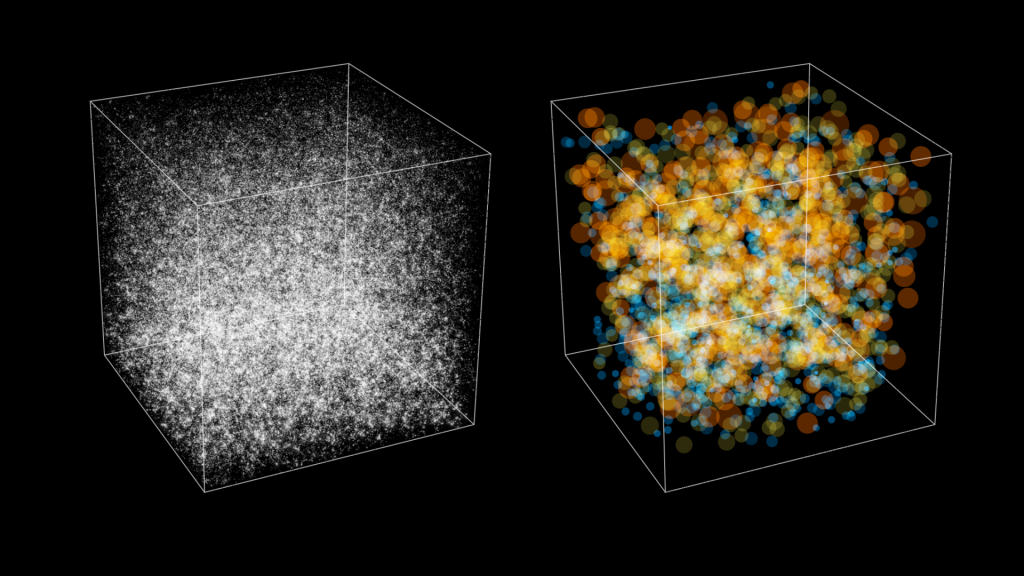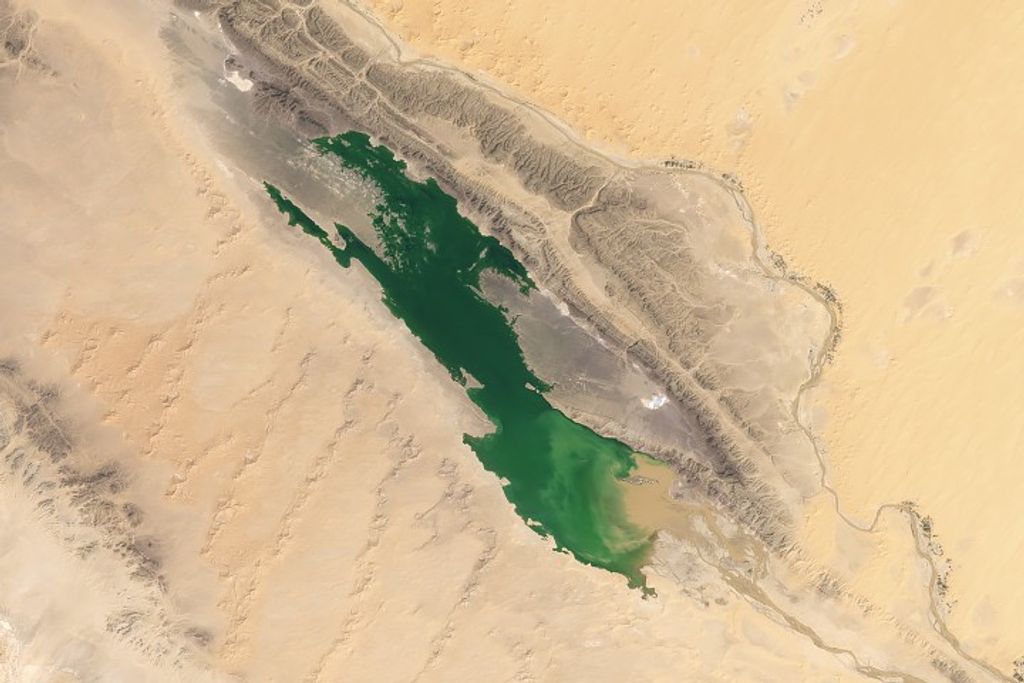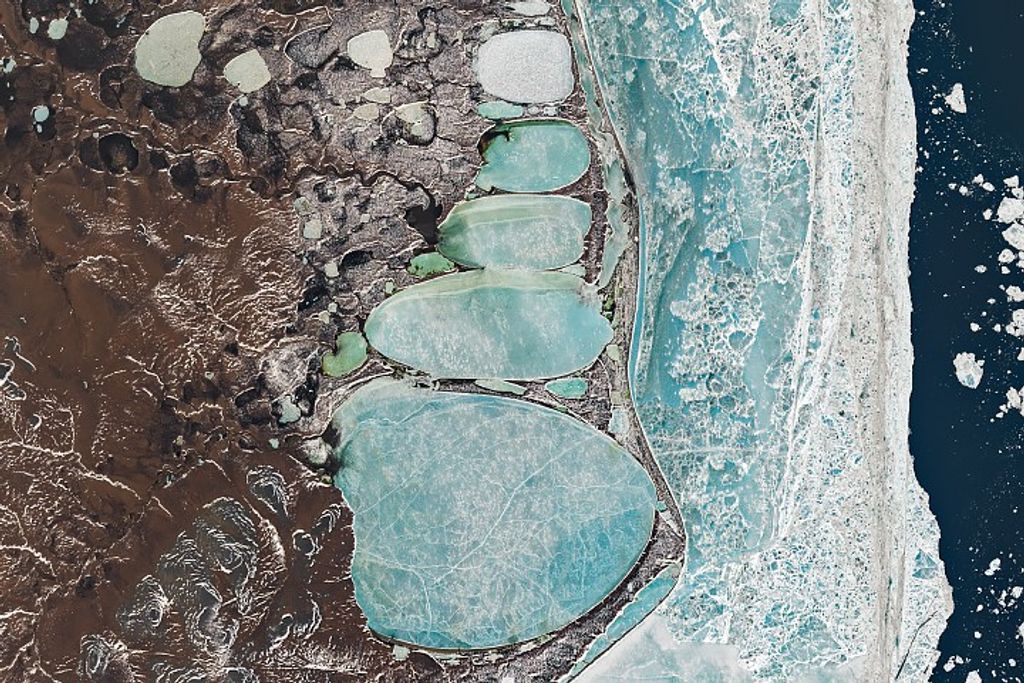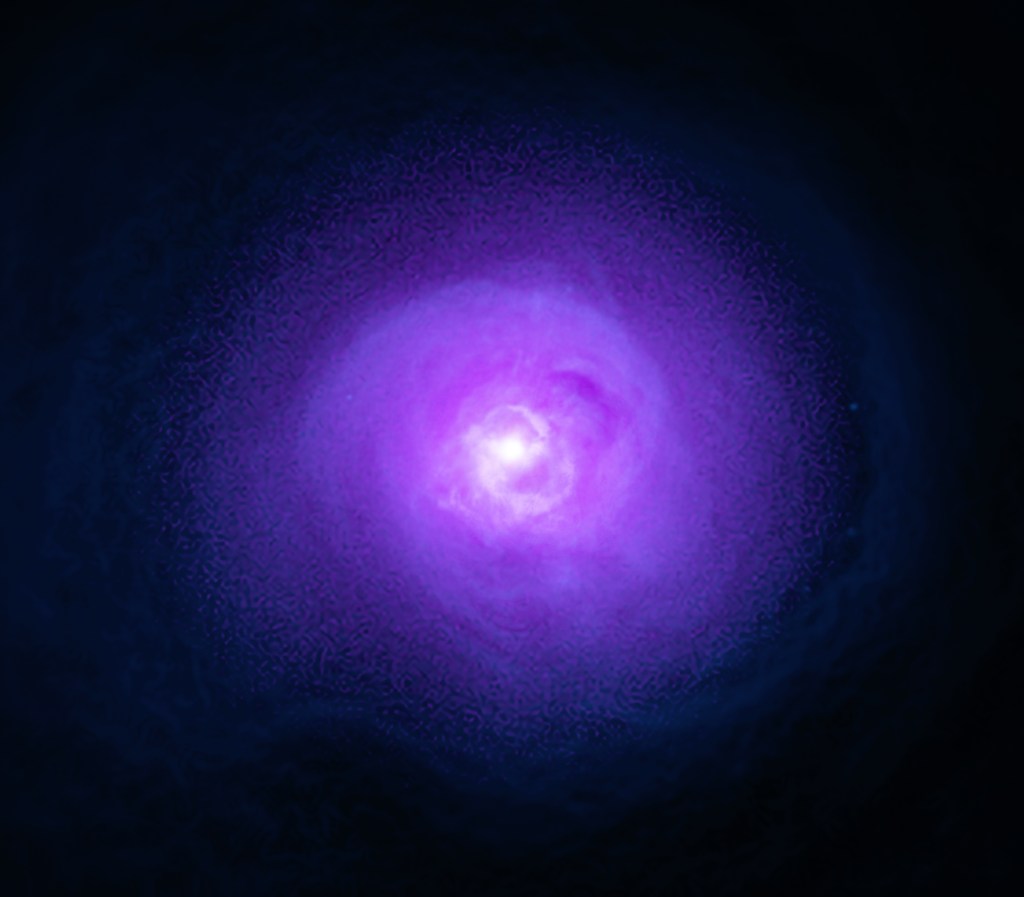ISS Daily Summary Report – 3/08/2024
Payloads:
Advanced Resistive Exercise Device (ARED) Kinematics (ARED-K): An Isometric Mid-Thigh Pull (IMTP) session was performed on ARED in support of the ARED-K investigation. Exploration-class missions including Artemis, Gateway, and beyond require an exercise device that is lightweight and has a small footprint. These devices provide a variety of full body resistance exercise options, and aerobic rowing and cycling, but no treadmill. Without a treadmill, there is no means of ambulating, or reinforcing the motor pattern of walking; and therefore, the objective of this study is to quantify the effect of no treadmill usage during an entire spaceflight mission on bone, muscle, aerobic, and sensorimotor health and performance, which is important data for determining the adequacy of exercise regimens for exploration missions.
Complement of Integrated Protocols for Human Exploration Research on Varying Mission Durations (CIPHER): This week’s CIPHER testing continued with the completion of a Vestibular Motion Sickness questionnaire. CIPHER consists of 14 studies designed to improve our understanding of physiological and psychological changes in humans on missions that range from weeks to one year in duration. Conducting the same research over missions of different durations allows scientists to extrapolate to multi-year missions, such as a three-year round-trip to Mars. This data could provide deeper knowledge about changes that may occur on such missions and support the development of countermeasures to promote astronaut health and well-being.
Flawless Space Fibers-1 (FSF-1): The crew gained access to the internal FSF-1 experiment systems, replaced a damaged oven seal, and exchanged experiment samples. This will allow the remaining preforms to be processed. FSF-1 has been able to successfully demonstrate multiple successful ZBLAN fiber draws during their experiment operations. Production of Flawless Space Fiber (Flawless Space Fibers-1) tests new hardware and processes for producing high-quality ZBLAN optical fibers in space. ZBLAN is a class of materials with varying compositions, but typically consisting of around 53% ZrF4, 20% BaF2, 4% LaF3, 3% AlF3, and 20% NaF. Previous studies have shown improved properties in fibers produced in the absence of Earth’s gravity, which can degrade the fibers. The ISS provides a platform for rapid production of high-quality fibers with applications in remote sensing and communications in space and on the ground.
Project EAGLE: The cells growing in the experiment BioCells were observed under a microscope. Culturing human cardiomyocytes (heart cells) holds potential for disease modeling and drug discovery. In microgravity, cardiac cells can grow into 3D cultures that have better structural maturation when compared with 2D cultures grown on Earth. Engineering Stem Cell-Derived Cardiac Microtissues with Metabolic Regulators in Space to Promote Cardiomyocyte Maturation (Project EAGLE) grows 3D cultures of cardiomyocytes that could provide a better model of heart disease and improve assessments of therapeutic measures.
TangoLab-3: The crew gained access to the TangoLab-3 facility and removed the Artificial Retina Manufacturing experiment cube. This experiment uses a microgravity environment to manufacture a protein-based artificial retina using layer-by-layer assembly to produce high quality artificial retina thin films. Space Tango’s TangoLab locker is a reconfigurable general research facility designed for microgravity research and development and pilot manufacturing aboard the ISS.
Systems:
Space Station Robotic Manipulator System (SSRMS) Soyuz Survey: In preparation for 70S undock to return to Earth in April, the ground team performed a walkoff of the SSRMS to the FGB and performed a survey of the 70S vehicle. 70S is a Russian crew vehicle docked to the MRM-1 docking port. This survey was performed to inspect the vehicle for any physical anomalies before undocking.
ARED Crew Handover: Crew-7 trained Crew-8 on the proper use of ARED including how to perform ARED Exercises in the Low Lift Bar, Racked Lift Bar, and Rope Exercise Setup. ARED uses adjustable resistance, piston-driven vacuum cylinders along with a flywheel system to simulate free-weight exercises in normal gravity. Studies have found that without exercises, astronauts could lose up to 15% of their muscle volume, which could be difficult or even impossible to regain back on Earth. ARED’s primary goal is to maintain muscle strength and mass in astronauts during long periods in space.
Crew Dragon Tablet Sync: The crew updated the tablet data from the SpaceX virtual private network (VPN) using CloudNet prior to the undock of Crew-7. These updates were required in order to update the Crew-7 undock forecast weather maps and the upcoming timelines for crew awareness.
Orion Water Bag Fill and Demonstration: The crew performed filled and drained water from the Orion Water Bag for an operational demonstration. The demonstration will be used to validate the bag performance for use on Orion as well as assess if the Orion Water Bag should be used for commercial vehicles. The Orion Water Bag is a handheld soft water bottle in the form of a bladder, which receives water dispensed from the ISS Portable Water Dispenser (PWD).
Look Ahead Plan
Saturday, March 9 (GMT 069)
Payloads:
- Host Pathogen
- Payload NAS Vent Clean
Systems:
- Transfer Crew Dragon Cargo Operations
- Handover of Increment 71 Crew
- Crew Departure Preparations for Return to Earth
- Crew-7 Dragon Cargo Transfer
























